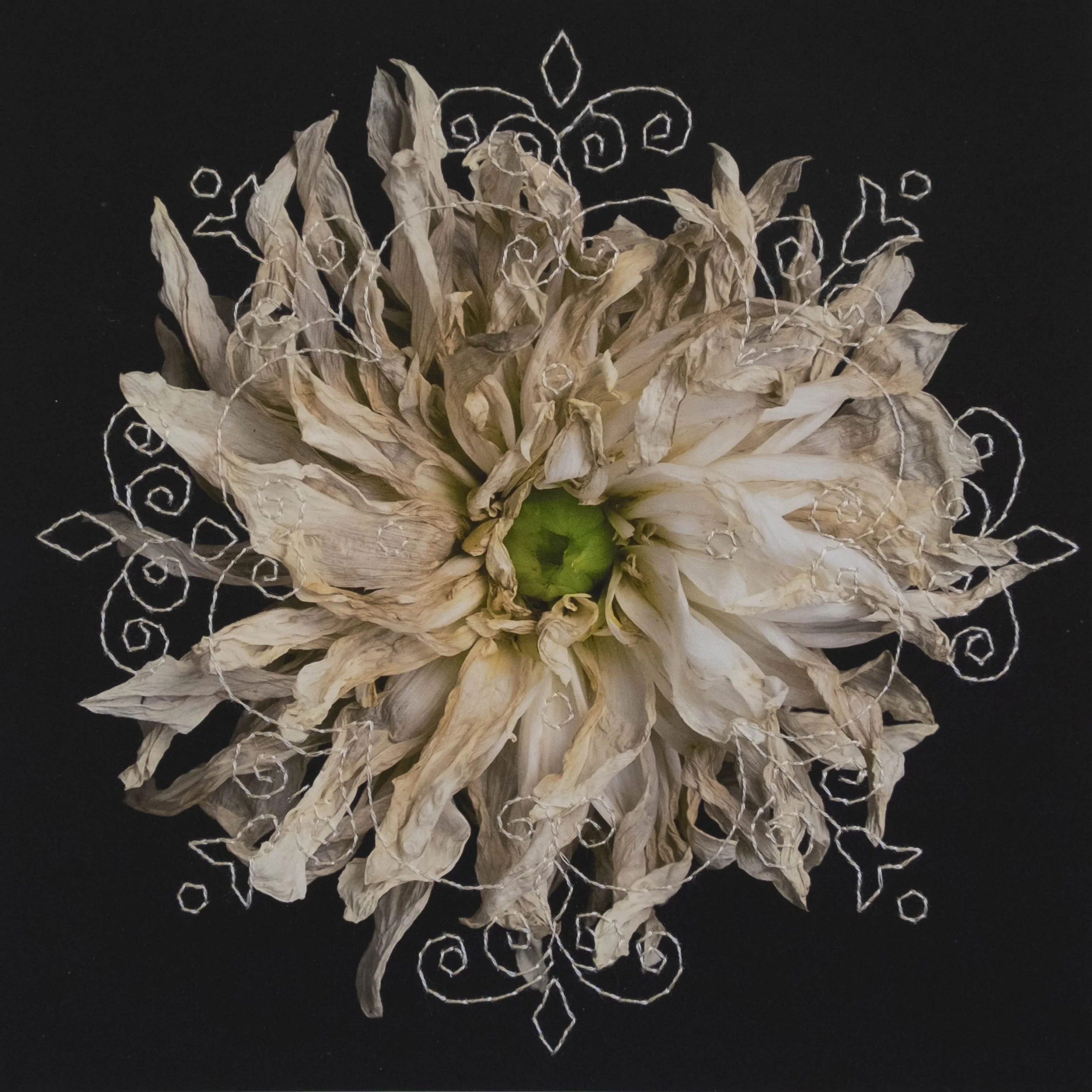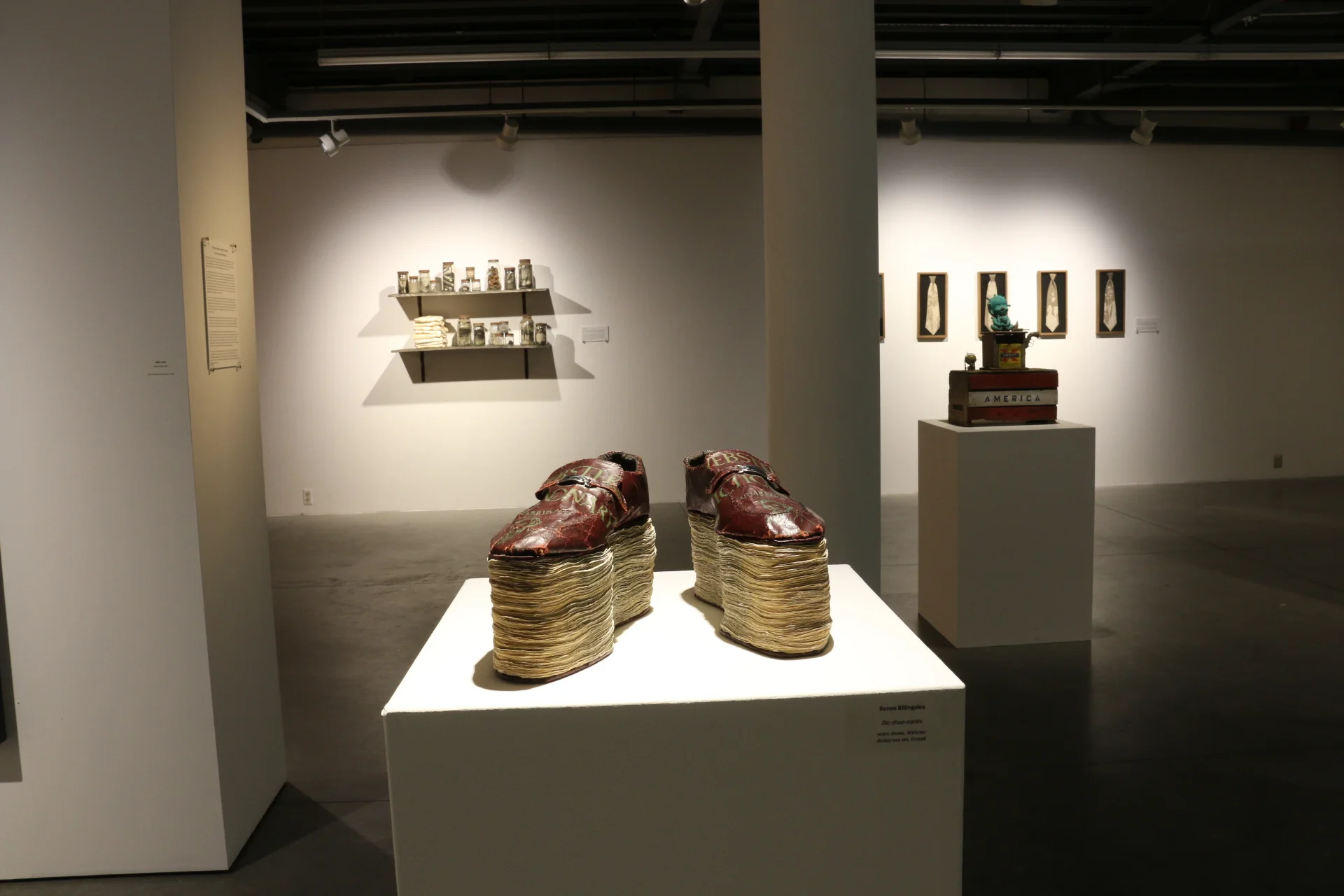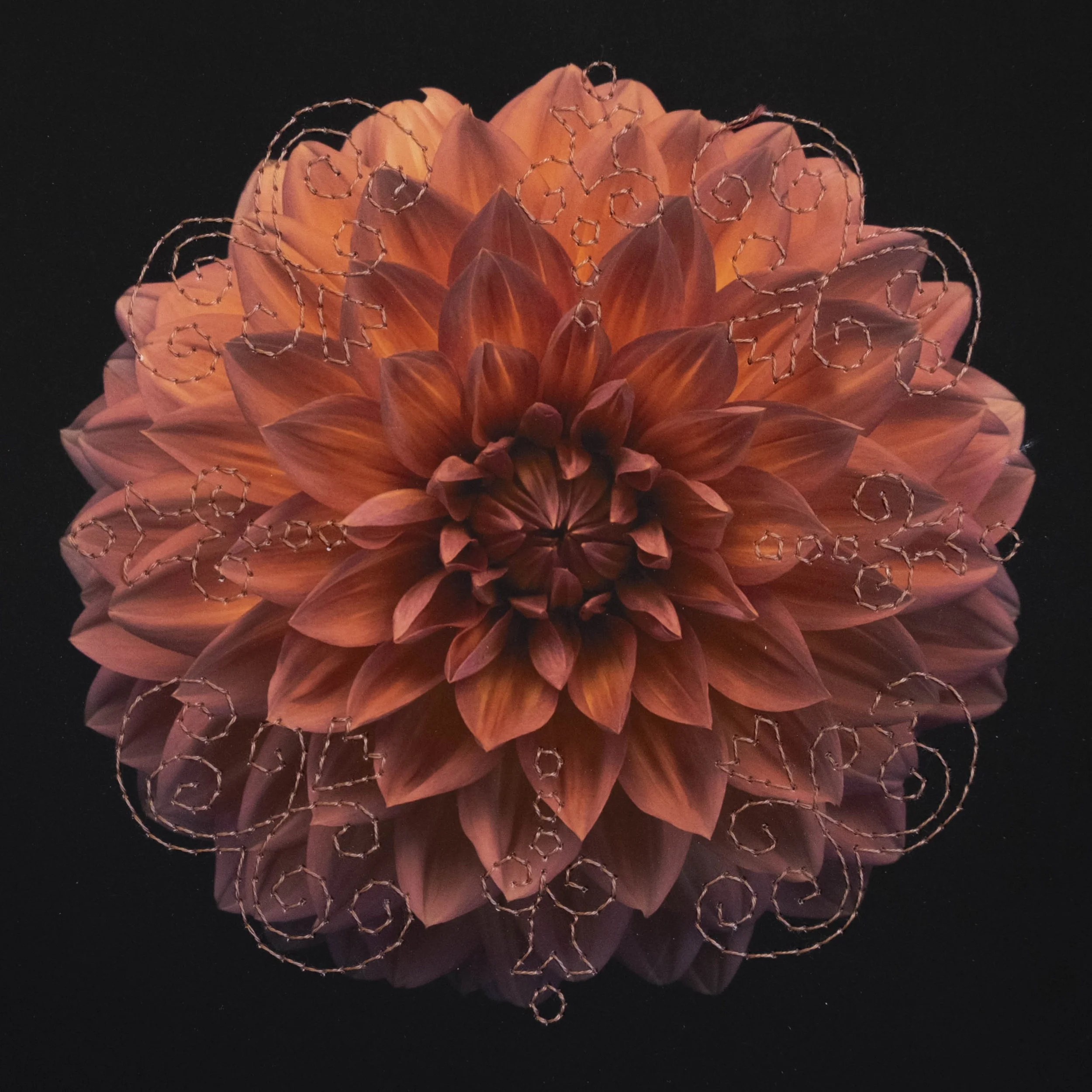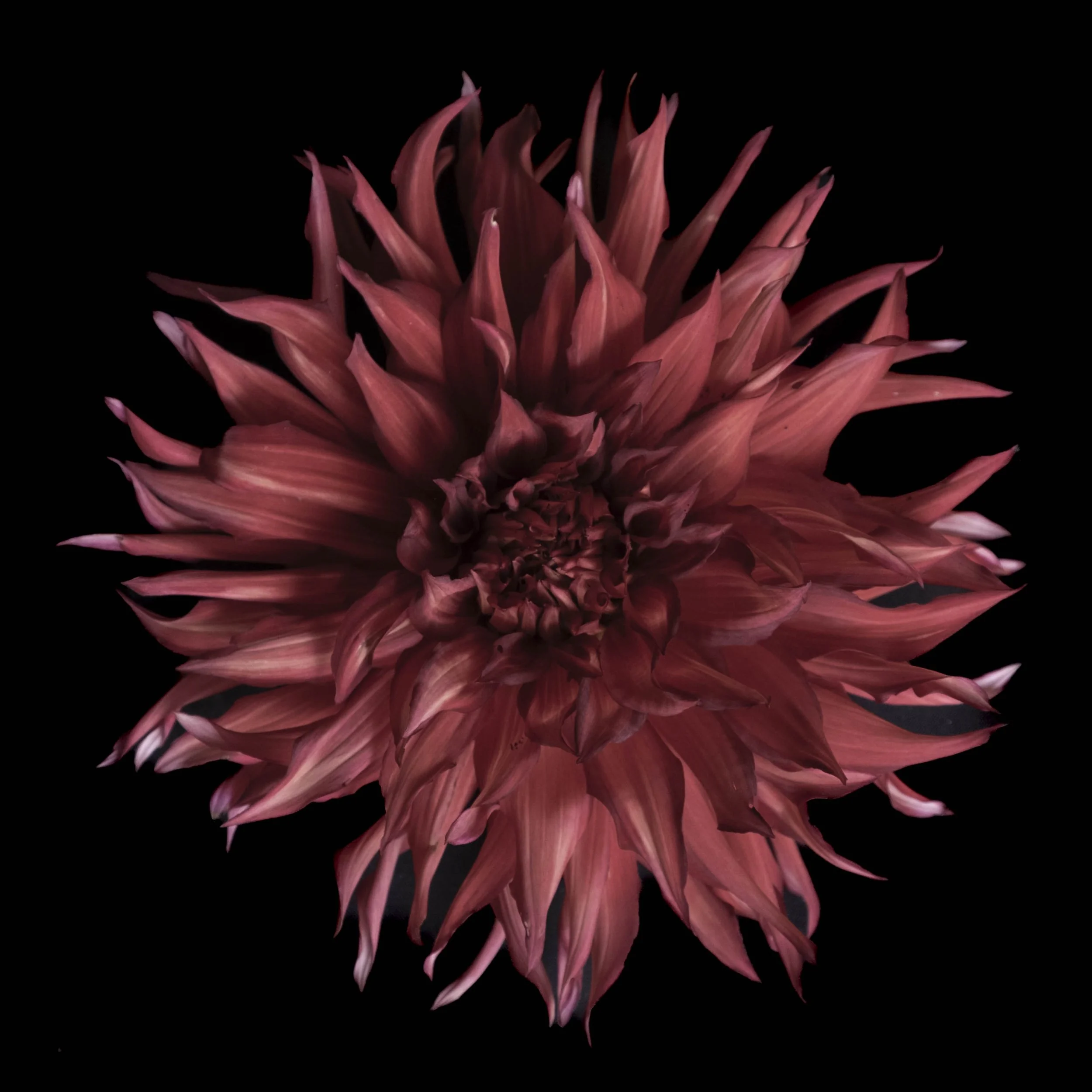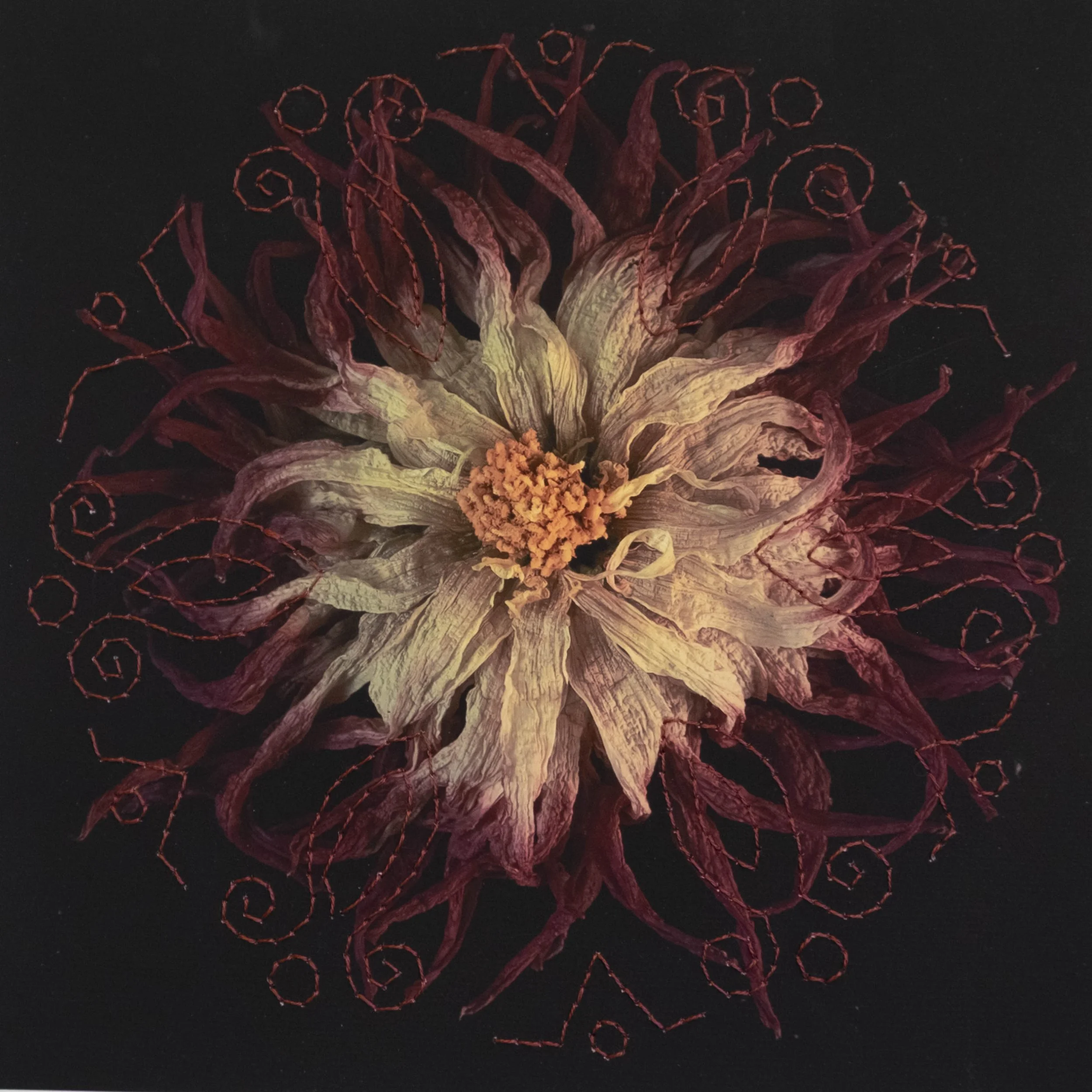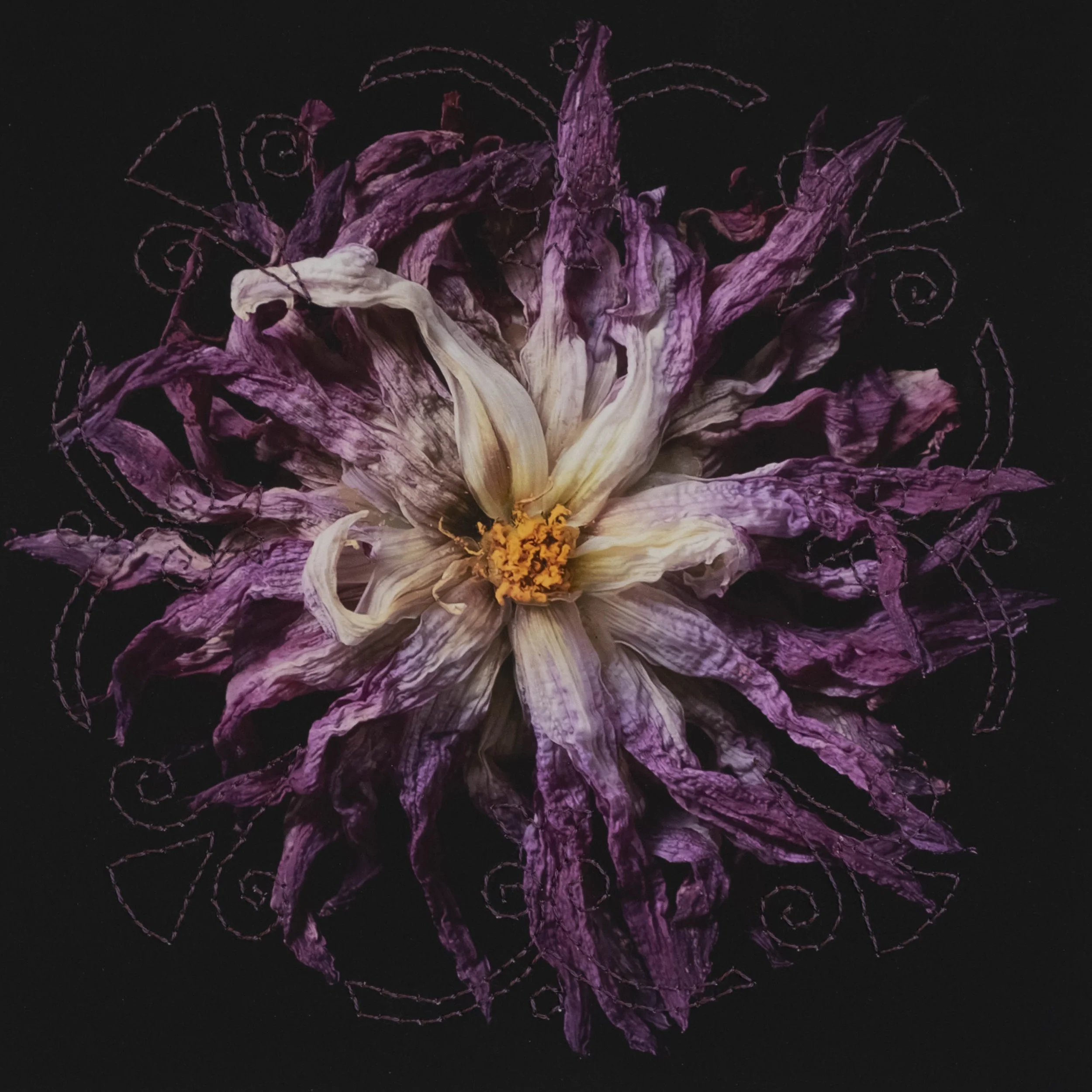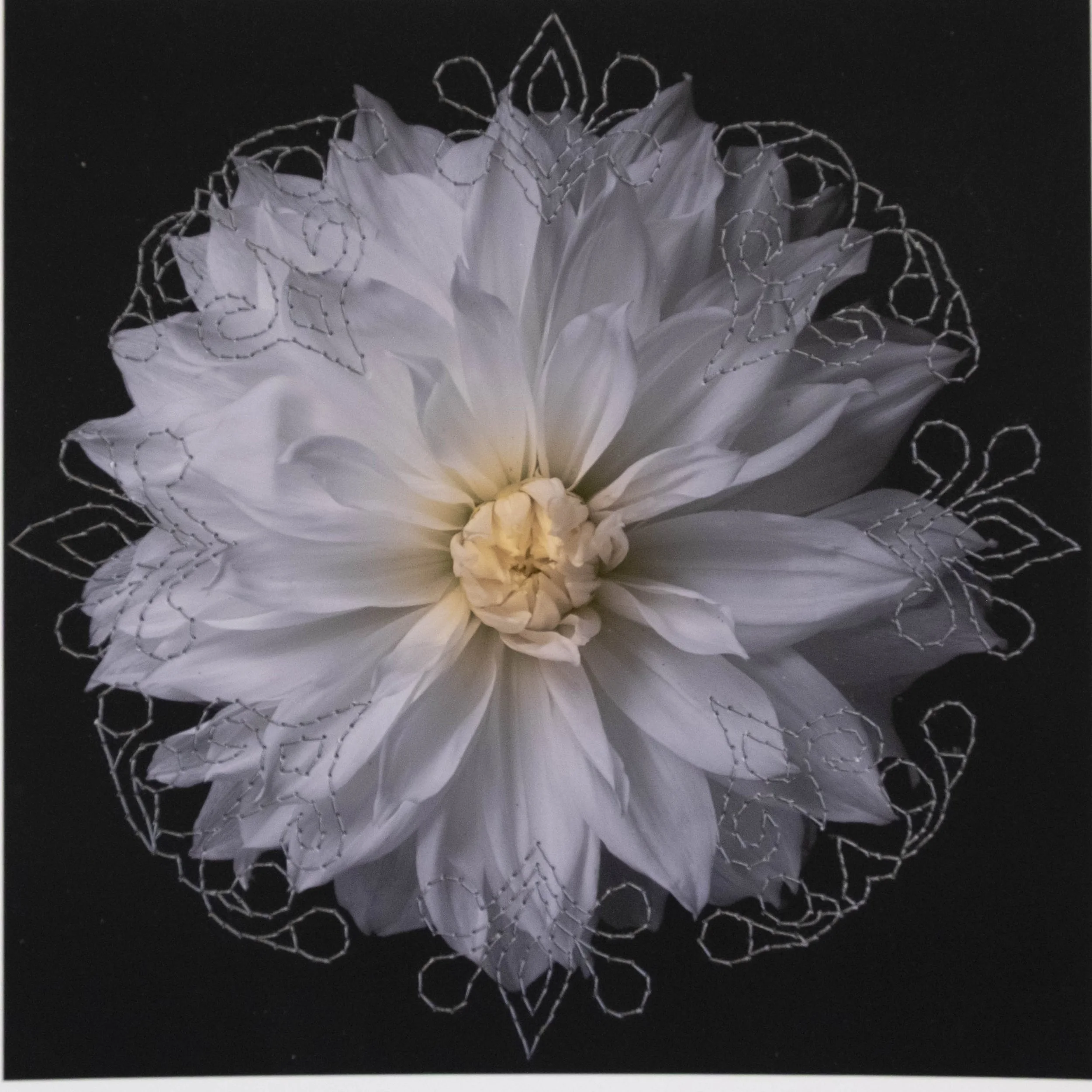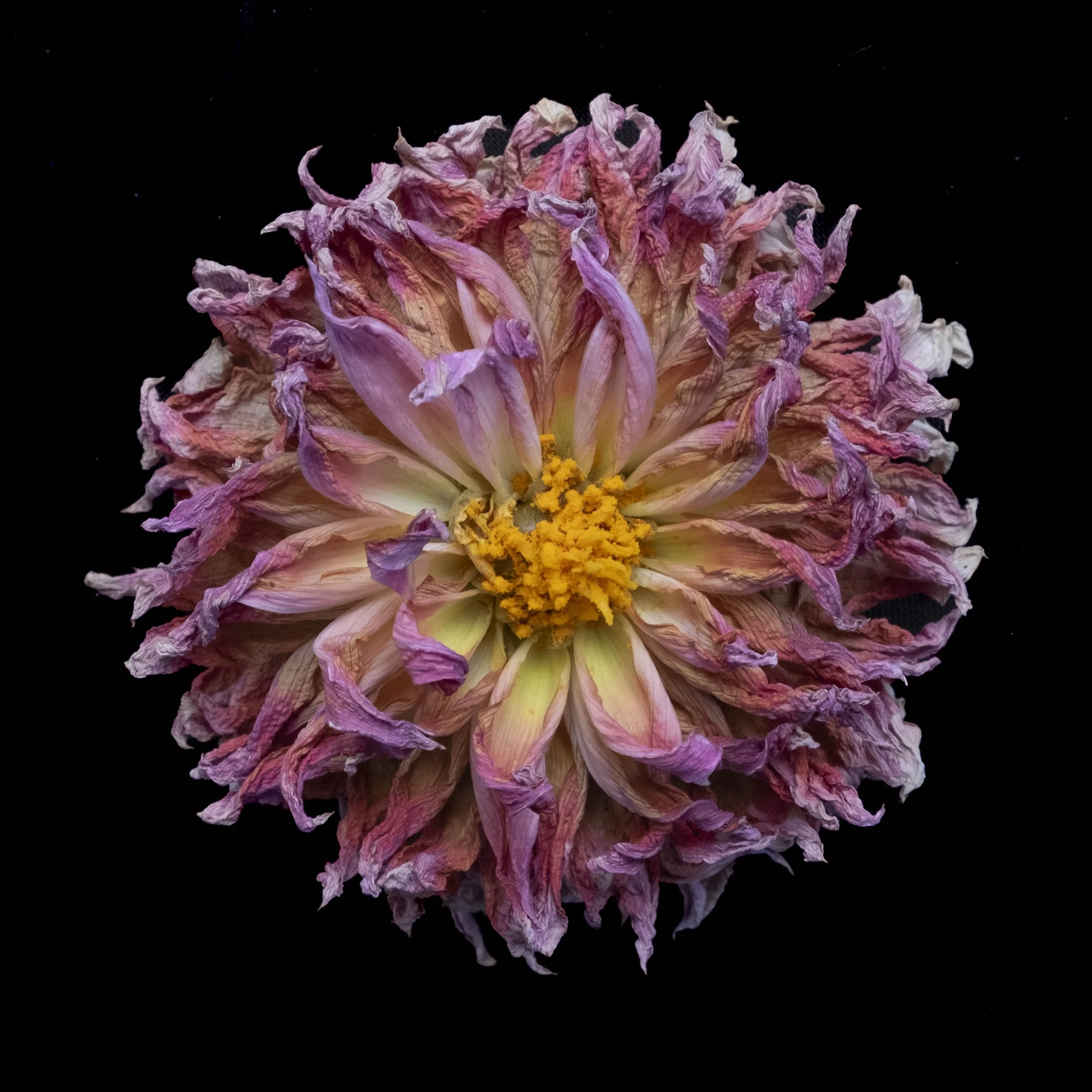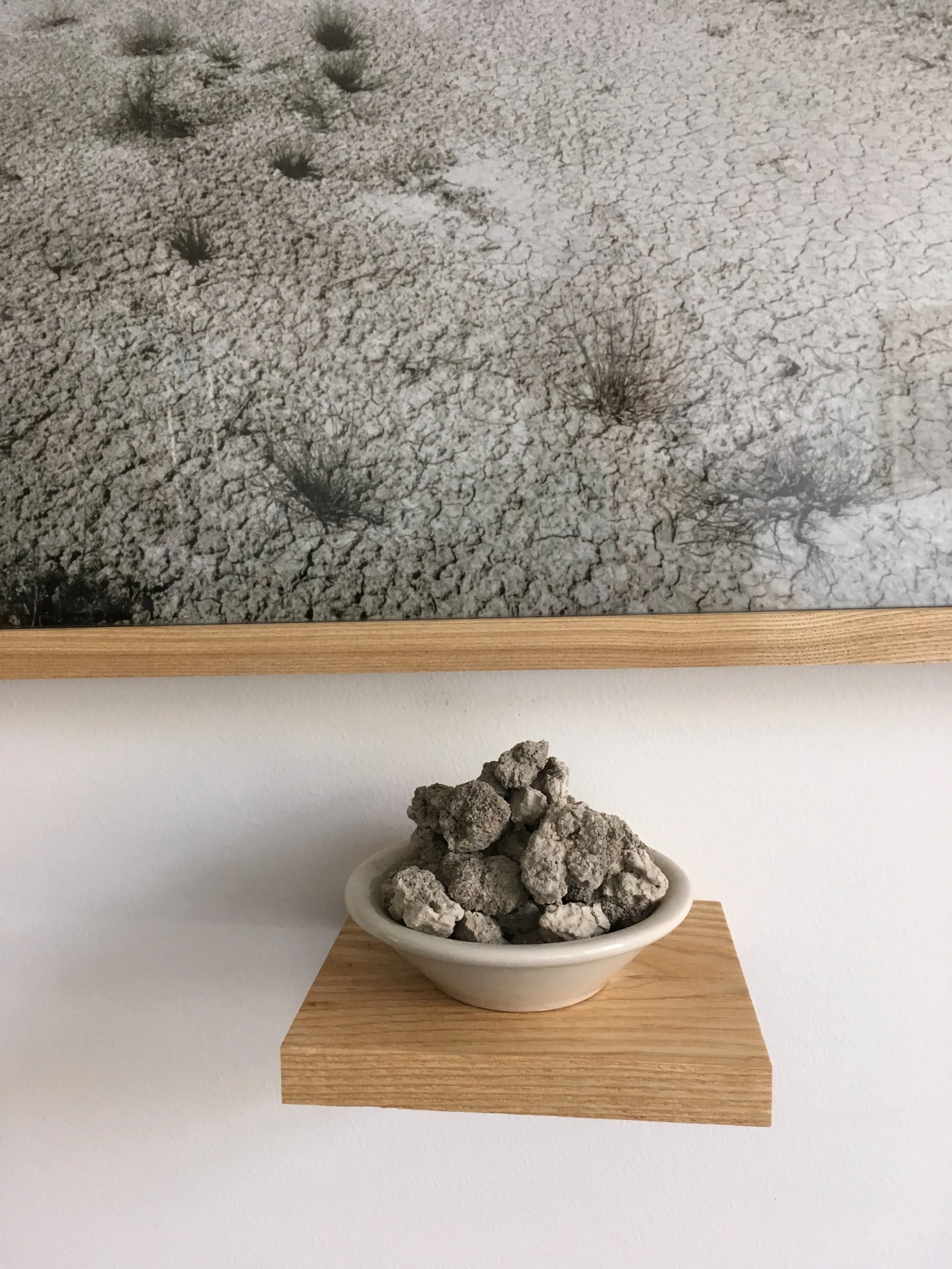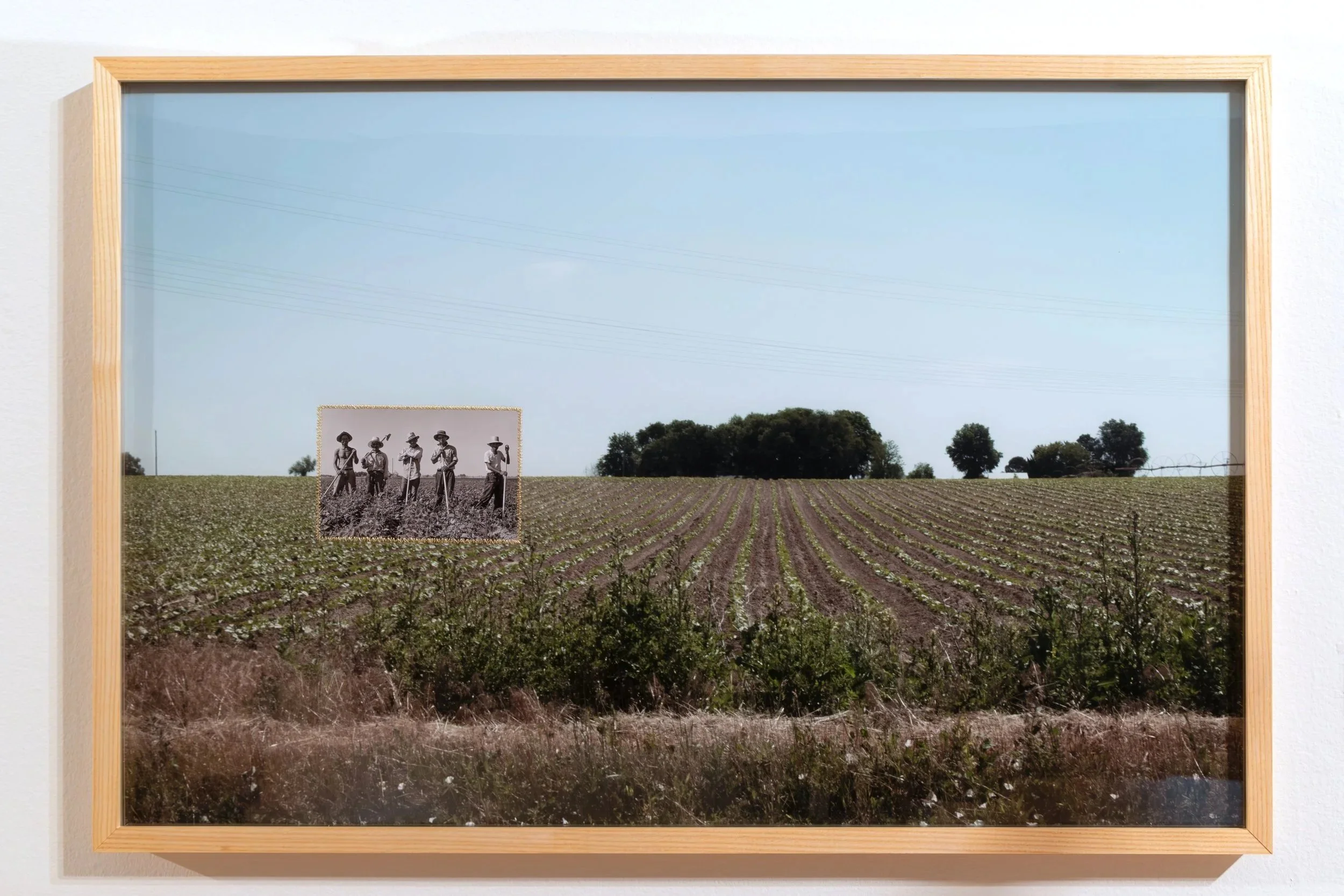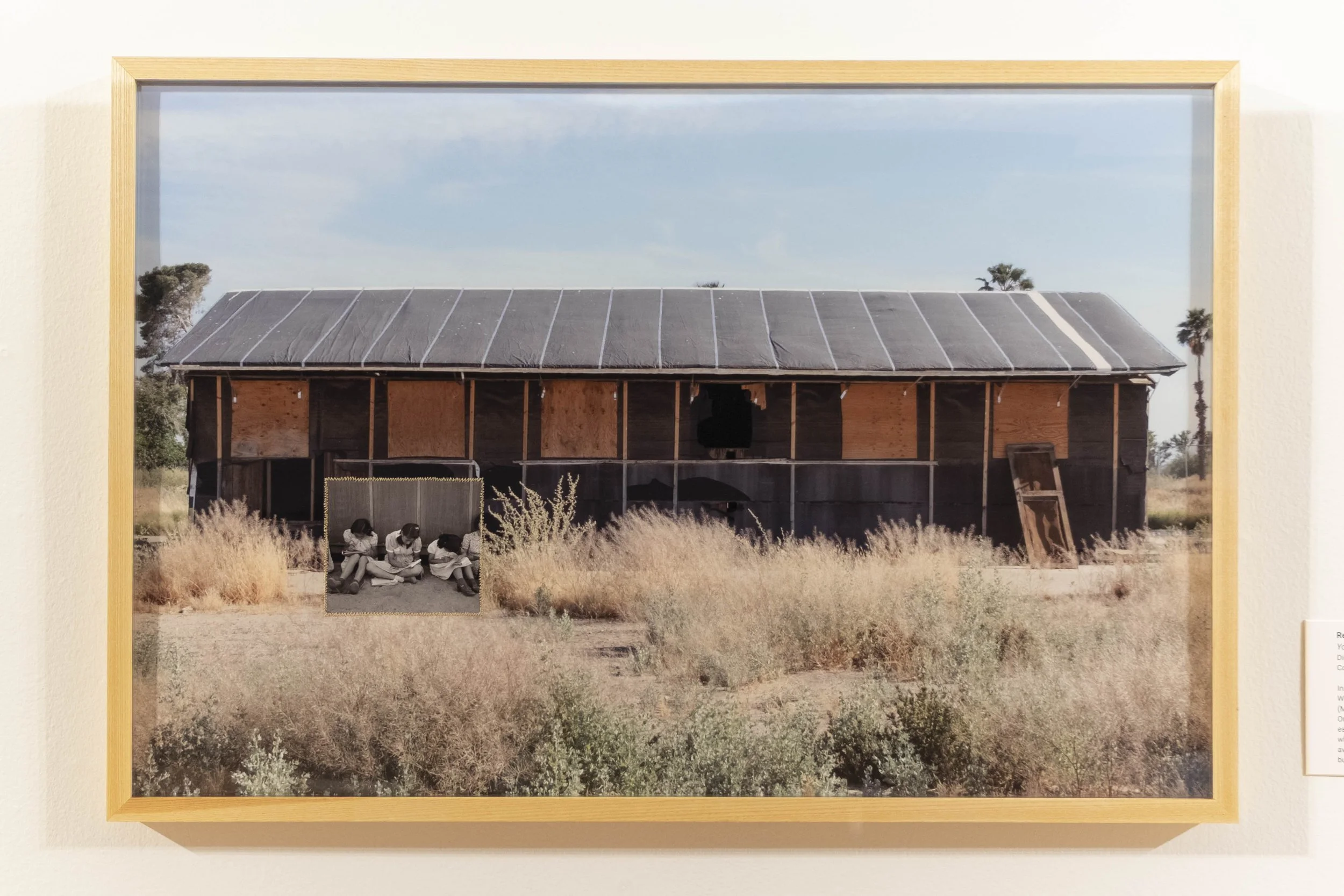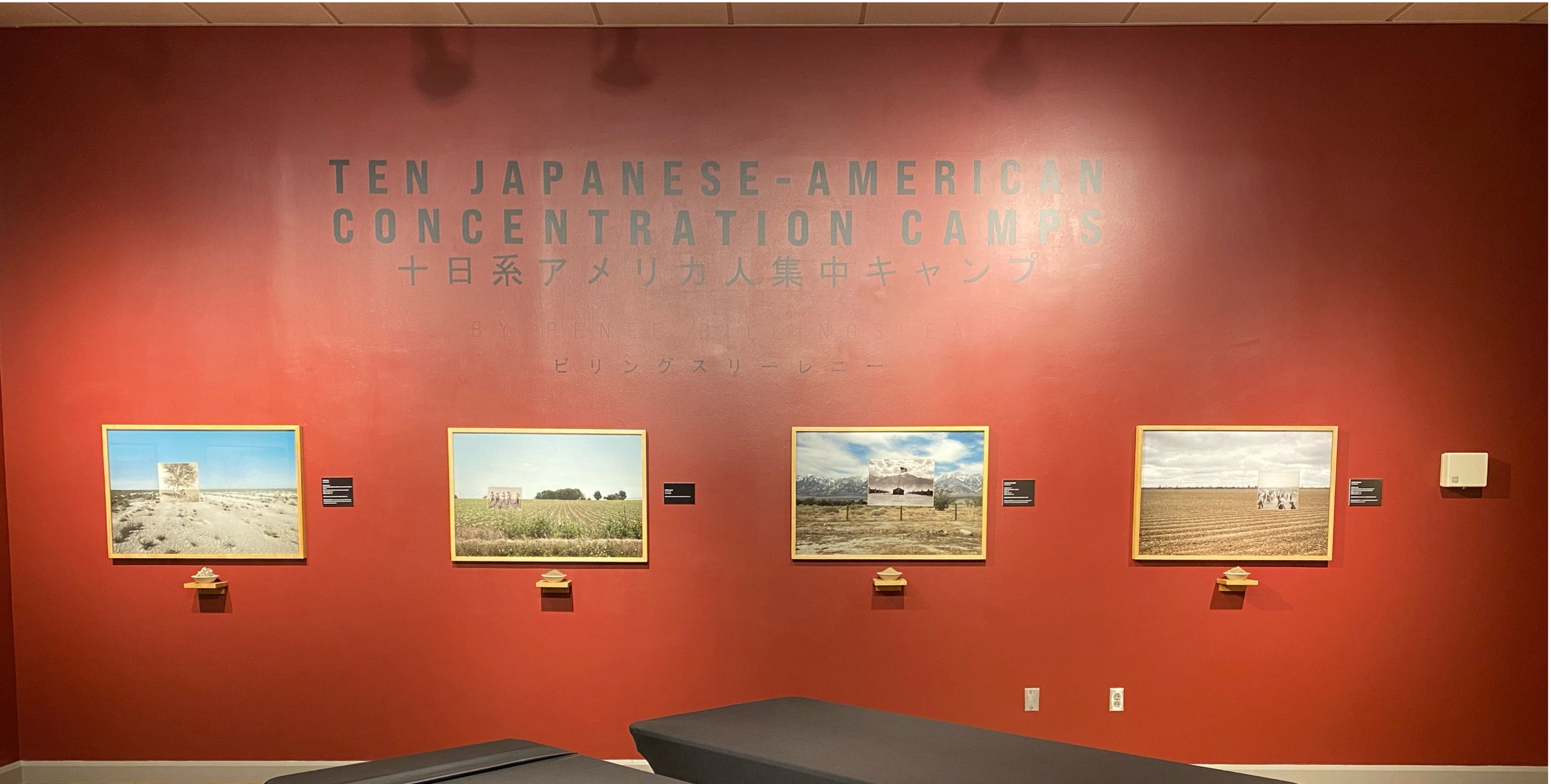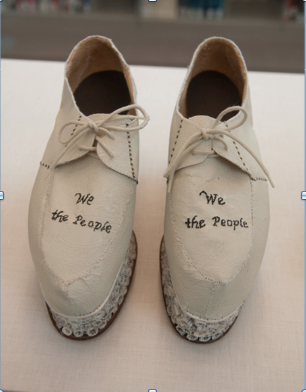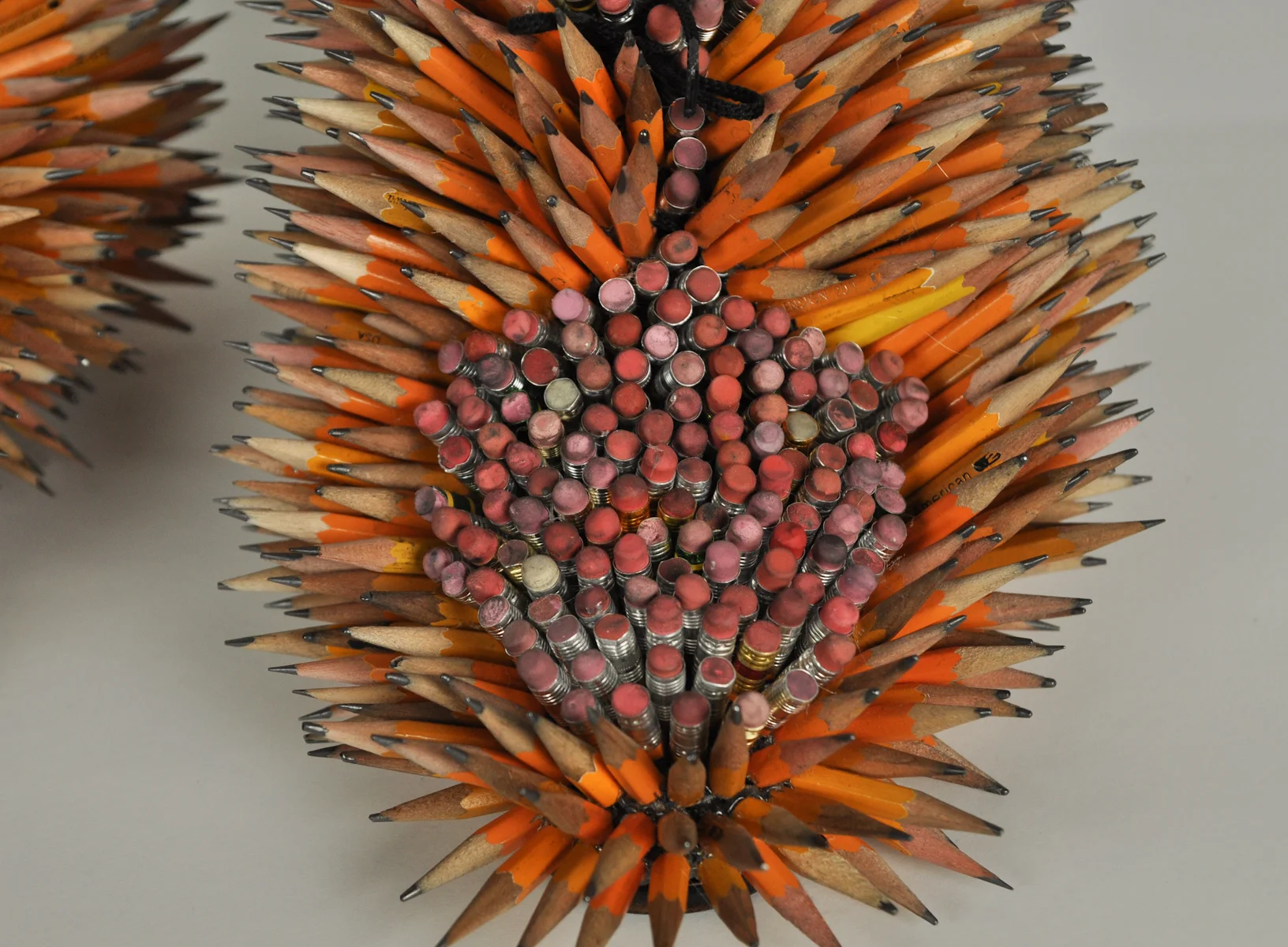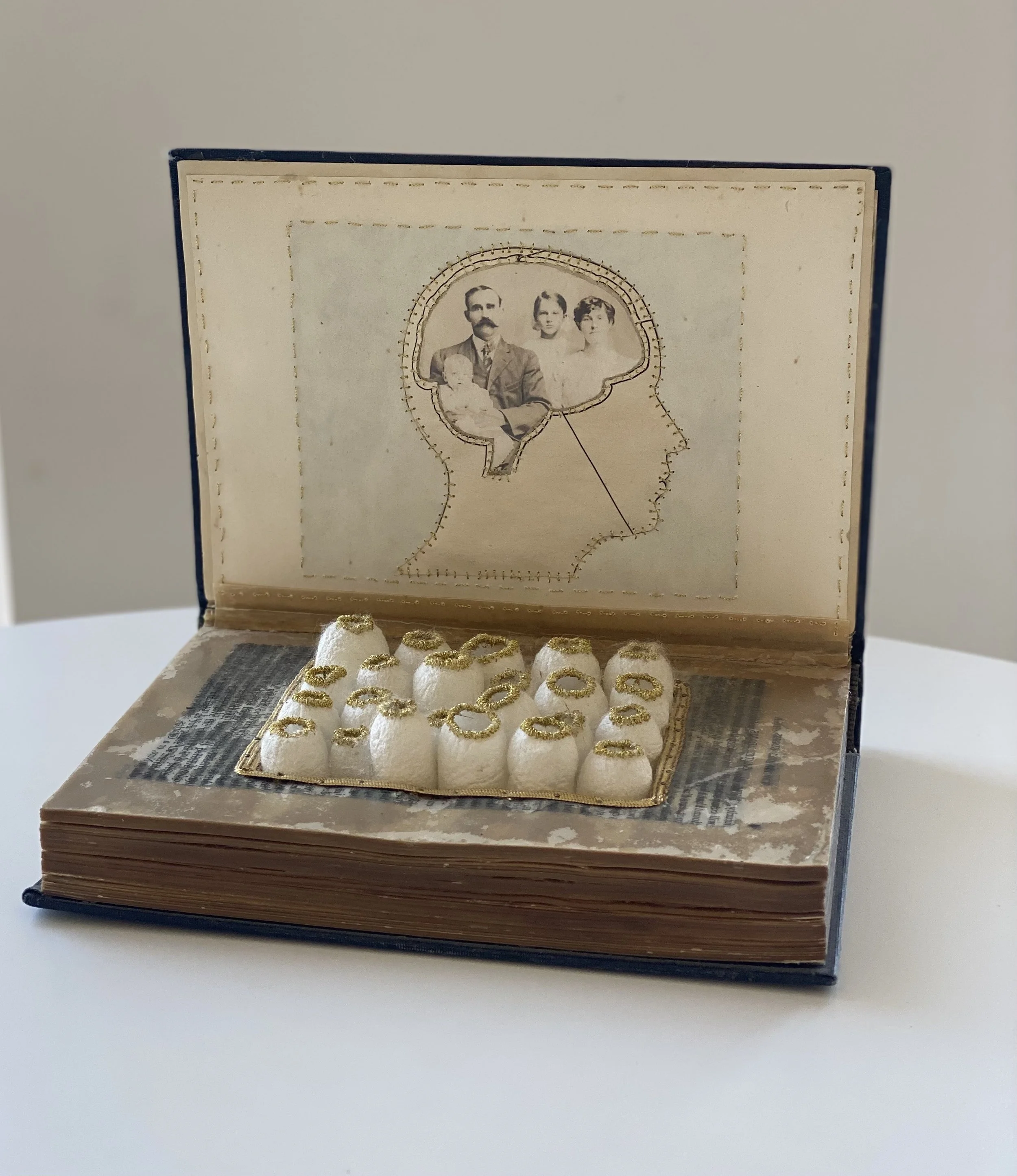Is this my story to tell?
While listening to National Public Radio, I heard a story by a third-generation Japanese American woman whose grandmother served her "Weenies Royale," a dish made of hot dogs, scrambled eggs, soy sauce, a little onion, and a dollop of ketchup. "Weenies Royale" was the dish her grandmother ate most frequently while imprisoned at Tule Lake Internment Camp.
The story reminded me of a photograph captured by photographer Russell Lee during the U.S. government's "assembling" of Japanese Americans. The image includes three well-dressed Japanese-American women serving American-style hot dogs and chips using chopsticks. At the time of hearing this NPR story and making the connection with Russell Lee's photograph, the detention and deportation of Mexican-Americans was increasing, echoes of similarities and sentiments of the U.S. government's internment of Japanese-Americans.
There are many people, including myself, who have not or did not know the complete story of Japanese-American "internment"( a government term). One reason is the vast geographic range of all ten imprisonment camps, most in remote places and not easily seen. I was curious, applied for a grant, and traveled to each location. I was interested in learning more and documenting the land as it exists today. Each area is hundreds of acres; all have scars and remnants of the injustices Japanese American Citizens endured while imprisoned there.
There is a lineage of photographers who documented the camps for the U.S. government during the time of "internment," leaving behind an archive of images. In contrast, cameras were considered a "tool of war" for Japanese-Americans and banned from having War Relocation Administration photographers visit with a list of rules of what not to photograph and instructions of what to photograph.
When reviewing the photographs I captured with those in the archive, a visual connection between the past and present was apparent. Time has passed; however, the land and landscape stay the same. Combining a historical WRA photograph with photographs I captured brings context to the work, telling a more truthful and complete story of the time, all with the hope of disrupting today's occurrence and stopping history from repeating itself.
In honor of those imprisoned in the camps, gold-colored thread referencing the Japanese practice of Kintsugi, repairing something broken with gold and preserving it through beauty and disguise, connects the photographs. Additionally, a small shelf with a bowl holding soil from some camp locations or nearby the camp locations accompanies each picture, giving viewers a tangible experience of the camp.
This exhibit is available for display. Please contact Artist Directly for details.
